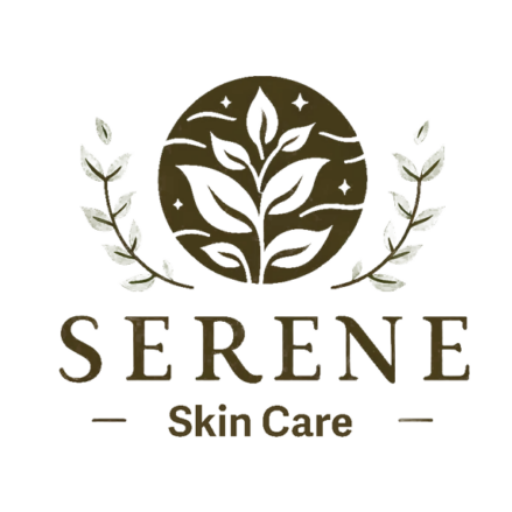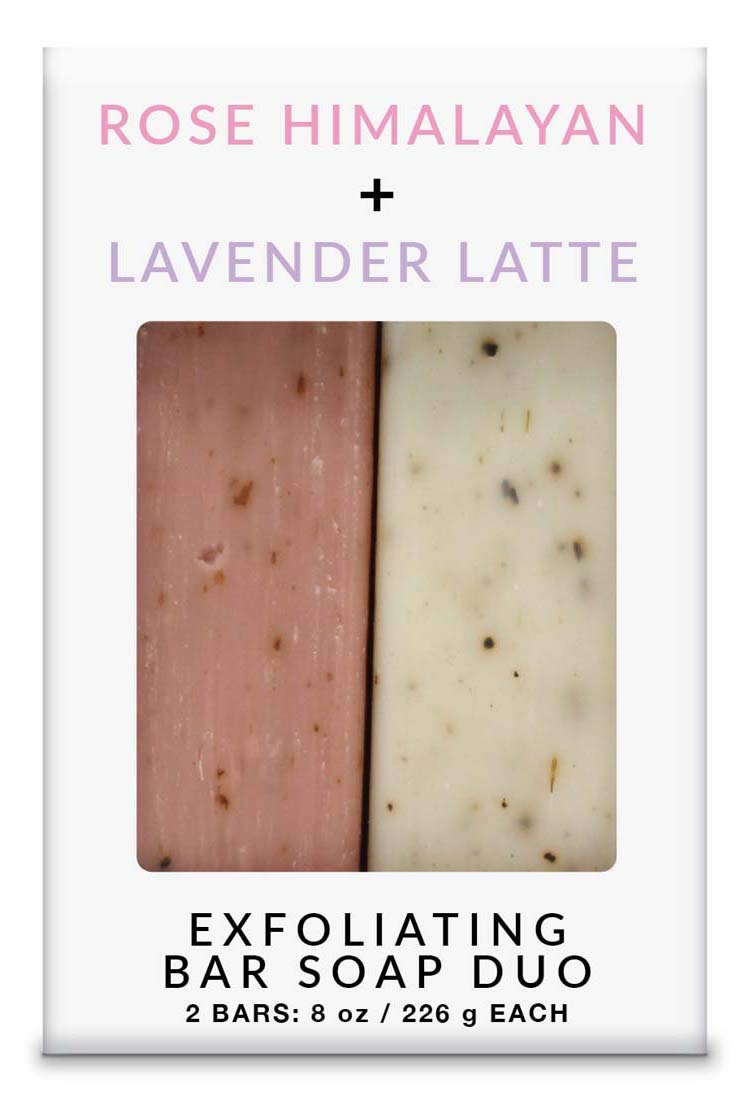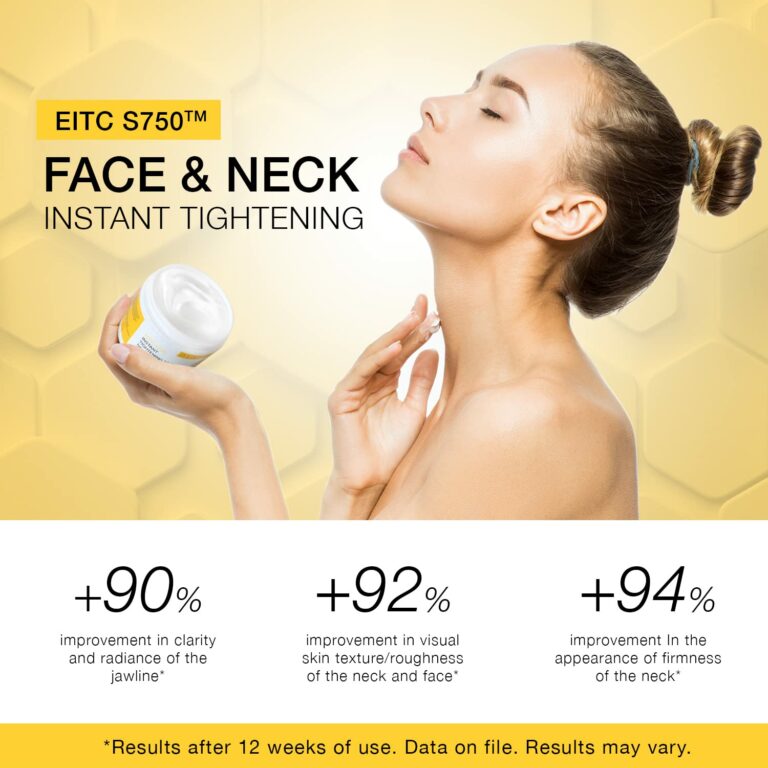In the world of skincare, nanotechnology is making waves. The application of nanotechnology in skincare products has revolutionized the industry, promising enhanced efficacy and noticeable results. From nanocapsules delivering targeted ingredients to nanoparticles penetrating the deepest layers of the skin, this article unpacks the exciting possibilities and potential pitfalls of incorporating nanotechnology into skincare routines. Whether you’re a skincare enthusiast or simply curious about the latest innovations in the beauty industry, this article will take you on a fascinating journey into the realm of nano-technology in skincare.
The Basics of Nano-Technology
Definition of Nano-Technology
Nano-technology refers to the manipulation and control of matter at the atomic and molecular level. It involves working with materials and structures that are incredibly small, typically within the range of 1 to 100 nanometers. At this scale, unique properties and behaviors emerge, allowing for new possibilities in various fields, including skincare.
How Nano-Technology Works
Nano-technology operates by utilizing the principles of physics, chemistry, and engineering to create and manipulate materials at the nanoscale. Scientists and researchers use techniques like lithography, self-assembly, and nanomanipulation to design and fabricate nano-sized particles. These particles can then be incorporated into products to enhance their performance and efficacy.
Applications of Nano-Technology
Nano-technology finds applications in a wide range of industries, including electronics, medicine, energy, and agriculture. In the skincare industry, it has revolutionized the development and formulation of skincare products. Nano-sized particles can enhance the delivery of active ingredients, improve the penetration into the skin, and provide targeted and controlled release, resulting in more efficient and effective skincare solutions.
Understanding Skin and its Challenges
Structure and Function of the Skin
The skin is the largest organ of the human body, serving as a protective barrier between the internal organs and the external environment. It consists of three main layers: the epidermis, dermis, and hypodermis. The epidermis acts as a waterproof shield, the dermis provides structural support, and the hypodermis stores fat and provides insulation. Additionally, the skin regulates body temperature, synthesizes vitamin D, and houses sensory receptors.
Common Skin Problems
Despite its remarkable abilities, the skin is prone to various challenges that can affect its health and appearance. Common skin problems include acne, dryness, wrinkles, hyperpigmentation, and sensitivity. These issues can be caused by factors such as genetics, aging, hormonal changes, environmental factors, and lifestyle choices. Finding effective solutions to these problems is a constant pursuit in the skincare industry.
Existing Skincare Solutions
Over the years, skincare products have evolved to address the multitude of skin concerns. Moisturizers, cleansers, serums, and creams flood the market, each claiming to offer unique benefits. However, traditional skincare solutions often face limitations when it comes to delivering active ingredients deep into the skin or providing long-lasting effects. This is where nano-technology comes in, offering a breakthrough approach to skincare.
Nanotechnology in Skincare Products
Introduction to Nanotechnology in Skincare
Nano-technology has paved the way for significant advancements in skincare. By incorporating nano-sized particles into skincare products, manufacturers can enhance their performance and efficacy. These particles can range from liposomes and nanocapsules to microemulsions and solid lipid nanoparticles. Nano-technology allows for precise control over the size, composition, and behavior of these particles, resulting in targeted and efficient skincare solutions.
Benefits of Using Nano-Sized Particles
The use of nano-sized particles in skincare products offers several benefits. Firstly, their small size allows for better penetration into the deeper layers of the skin, ensuring enhanced delivery of active ingredients. Additionally, nano-particles exhibit unique properties such as increased stability, improved solubility, and prolonged release of active compounds. These properties make nano-technology a valuable tool for formulating skincare products that provide visible and long-lasting results.
Popular Nanomaterials in Skincare Products
Various nanomaterials have found their way into skincare products, each with specific properties and applications. For example, liposomes are phospholipid-based nanostructures that can encapsulate and deliver active ingredients to specific target areas of the skin. Nanocapsules, on the other hand, are nanoscaled shells that protect and control the release of active compounds. Other popular nanomaterials include nanoparticles of gold, silver, and zinc oxide, which offer antimicrobial and sun protection properties.
Safety Concerns and Regulations
Potential Risks of Nano-Sized Particles in Skincare
While nano-technology brings promising advancements to skincare, there are legitimate concerns regarding the safety of nano-sized particles. Some studies suggest that certain nanoparticles may penetrate the skin barrier and cause adverse effects. Additionally, long-term exposure to nanoparticles in skincare products could have unknown consequences. It is essential for manufacturers, regulators, and consumers to thoroughly assess and address these potential risks.
Testing and Assessing Safety of Nanotechnology
To ensure the safety of nano-sized particles in skincare products, rigorous testing and assessment procedures are necessary. This involves conducting comprehensive studies to evaluate the potential toxicity, skin penetration, and bioaccumulation of these particles. Various methods, including in vitro and in vivo tests, are employed to assess their safety profile. The data generated from these tests helps guide the formulation and usage recommendations of products containing nano-sized particles.
Regulations for Nanotechnology in Skincare
Regulatory authorities worldwide have recognized the need to address the safety concerns surrounding nanotechnology in skincare. While regulations vary from country to country, they generally aim to ensure adequate testing, labeling, and transparency of skincare products containing nano-sized particles. It is crucial for manufacturers to comply with these regulations and for consumers to be informed about the presence and potential risks of nano-technology in skincare.
Efficiency and Efficacy of Nano-Technology in Skincare
Improved Delivery Systems
One of the significant advantages offered by nano-technology in skincare is improved delivery systems. Nano-sized particles can encapsulate and protect active ingredients, preventing their degradation and improving their stability. This allows for controlled release and targeted delivery, ensuring that the active compounds can reach their intended destination within the skin.
Enhanced Penetration and Absorption
Nano-sized particles have the unique ability to penetrate the skin more efficiently compared to larger particles. Their small size and compatibility with the skin barrier enable them to traverse the various layers of the skin, reaching the target areas where they can exert their desired effects. This enhanced penetration and absorption contribute to the increased efficacy of skincare products containing nano-sized particles.
Targeted and Controlled Release of Active Ingredients
In traditional skincare products, the delivery and release of active ingredients can be unpredictable and inconsistent. Nano-technology allows for precise control over the release kinetics of these ingredients, ensuring that they are delivered in a sustained and targeted manner. This targeted and controlled release optimizes the efficacy of skincare formulations, providing long-lasting effects and minimizing potential side effects.
Innovations in Nanotechnology Skincare Products
Nano-Emulsions and Liposomes
Nano-emulsions and liposomes are examples of innovative nanotechnology-based formulations in skincare. Nano-emulsions are oil-in-water or water-in-oil dispersions with droplets in the nanometer range. These nano-sized droplets enhance the penetration of active ingredients into the skin, while also improving stability and texture. Liposomes, on the other hand, are vesicles composed of phospholipid bilayers. They can encapsulate hydrophilic and lipophilic active ingredients, facilitating their delivery to specific skin layers.
Nano-Capsules and Nanocarriers
Nano-capsules and nanocarriers are another set of advanced nanotechnology-based systems used in skincare. Nano-capsules are spherical structures that encapsulate active ingredients within a core, protecting them from degradation and enhancing their stability. Nanocarriers, such as dendrimers and carbon nanotubes, offer even greater control over the release of active compounds, ensuring sustained and prolonged effects.
Nano-Encapsulation Techniques
Nano-encapsulation techniques involve the formulation of active ingredients into nano-sized capsules, spheres, or vesicles. These structures help protect the ingredients from degradation, improve stability, and facilitate their delivery to target areas within the skin. The use of nano-encapsulation techniques in skincare products enables more efficient and effective delivery of active compounds, resulting in enhanced benefits for the skin.
Challenges and Future of Nano-Skincare
Cost and Scalability Issues
One of the challenges in the widespread adoption of nano-skincare is the cost and scalability of manufacturing these advanced formulations. The intricate processes involved in producing and formulating nano-sized particles can be expensive, making it difficult for smaller companies to enter the market. Additionally, scaling up production while maintaining consistent quality and safety standards poses challenges that need to be addressed for nano-skincare to become more accessible.
Public Perception and Acceptance
Despite the potential benefits offered by nano-technology in skincare, public perception and acceptance of these products remain a hurdle. Concerns regarding the safety of nano-sized particles and the lack of comprehensive information often lead to skepticism among consumers. It is crucial for manufacturers to transparently communicate the safety and efficacy data of their nano-skincare products to build trust and promote wider acceptance.
Emerging Trends and Future Applications
The field of nano-technology in skincare is rapidly evolving, with emerging trends and future applications continually being explored. From nano-delivery systems for personalized skincare to nanosensors that monitor skin health, the potential for innovation is vast. Additionally, the integration of nanotechnology with other fields like AI and biotechnology holds exciting possibilities for advanced skincare solutions in the future.
Industry Players and Product Reviews
Leading Companies in Nano-Skincare
Several companies have emerged as leaders in the field of nano-skincare, spearheading the development and commercialization of innovative products. Companies like Amorepacific, Shiseido, and L’Oréal have invested significantly in nano-technology research and development, aiming to deliver cutting-edge skincare solutions that leverage the benefits of nanoscience. Their expertise and resources contribute to the growth and advancement of nano-skincare.
Popular Nanotechnology Skincare Brands
In recent years, the market has seen the emergence of numerous nanotechnology skincare brands that have gained popularity among consumers. Brands like Sunday Riley, Drunk Elephant, and Allies of Skin incorporate nano-sized particles into their formulations to enhance efficacy and address specific skin concerns. These brands have garnered positive reviews and customer satisfaction, further solidifying the potential of nano-technology in skincare.
Customer Reviews and Feedback
Customer reviews and feedback play a crucial role in shaping the perception of nano-skincare products. Online platforms, social media influencers, and skincare communities provide avenues for individuals to share their experiences with these products. These reviews provide valuable insights into the efficacy, texture, user experience, and overall satisfaction of nano-skincare offerings. Positive customer feedback is instrumental in building trust and driving the adoption of nano-technology in the skincare industry.
The Intersection of Nano-Technology and Natural Skincare
Combining Nano-Sized Particles with Natural Ingredients
The intersection of nano-technology and natural skincare offers an exciting opportunity to combine the benefits of both approaches. Nano-sized particles can be used to enhance the delivery and efficacy of natural ingredients, allowing for more targeted and efficient results. By utilizing the power of nano-technology in conjunction with natural extracts, oils, and botanicals, skincare products can offer a harmonious blend of science and nature.
Ethical Considerations in Nano-Skincare
As with any technological advancement, ethical considerations must be addressed in the development and use of nano-technology in skincare. This includes ensuring the ethical sourcing of raw materials, minimizing environmental impact, and considering the fairness and welfare of laborers involved in the production process. Responsible and ethical practices are essential for creating nano-skincare products that align with the values and expectations of conscious consumers.
Sustainable Practices and Green Alternatives
Sustainability has become a key focus for the skincare industry, and nano-technology should be no exception. Manufacturers are exploring sustainable practices, such as using green solvents and eco-friendly fabrication techniques, to reduce the environmental footprint of nano-skincare products. Additionally, alternatives to traditional nanomaterials, such as bio-based or biodegradable nanostructures, are being researched to ensure the long-term sustainability of nano-technology in skincare.
Conclusion
Summary of Nano-Technology in Skincare
Nano-technology has revolutionized the skincare industry by offering innovative solutions to address various skin concerns. By manipulating particles at the nanoscale, skincare products can now deliver active ingredients more efficiently, penetrate the skin more effectively, and provide targeted and controlled release, leading to improved efficacy and visible results.
The Potential of Nanotechnology for the Beauty Industry
The potential of nano-technology extends beyond skincare, with applications in various beauty sectors. From hair care to cosmetics, nano-technology offers exciting possibilities for enhanced performance, efficacy, and aesthetics. As research and development in the field progress, nano-technology is expected to play an increasingly prominent role in shaping the future of the beauty industry.
Closing Thoughts
Nano-technology in skincare represents a promising frontier, enabling more efficient and effective solutions for maintaining healthy and vibrant skin. While safety concerns and regulatory challenges persist, the industry continues to make strides in ensuring the responsible use of nano-sized particles. As the field advances, it is essential for manufacturers, regulators, and consumers to work together to unlock the full potential of nano-technology and harness its benefits for the beauty industry.







